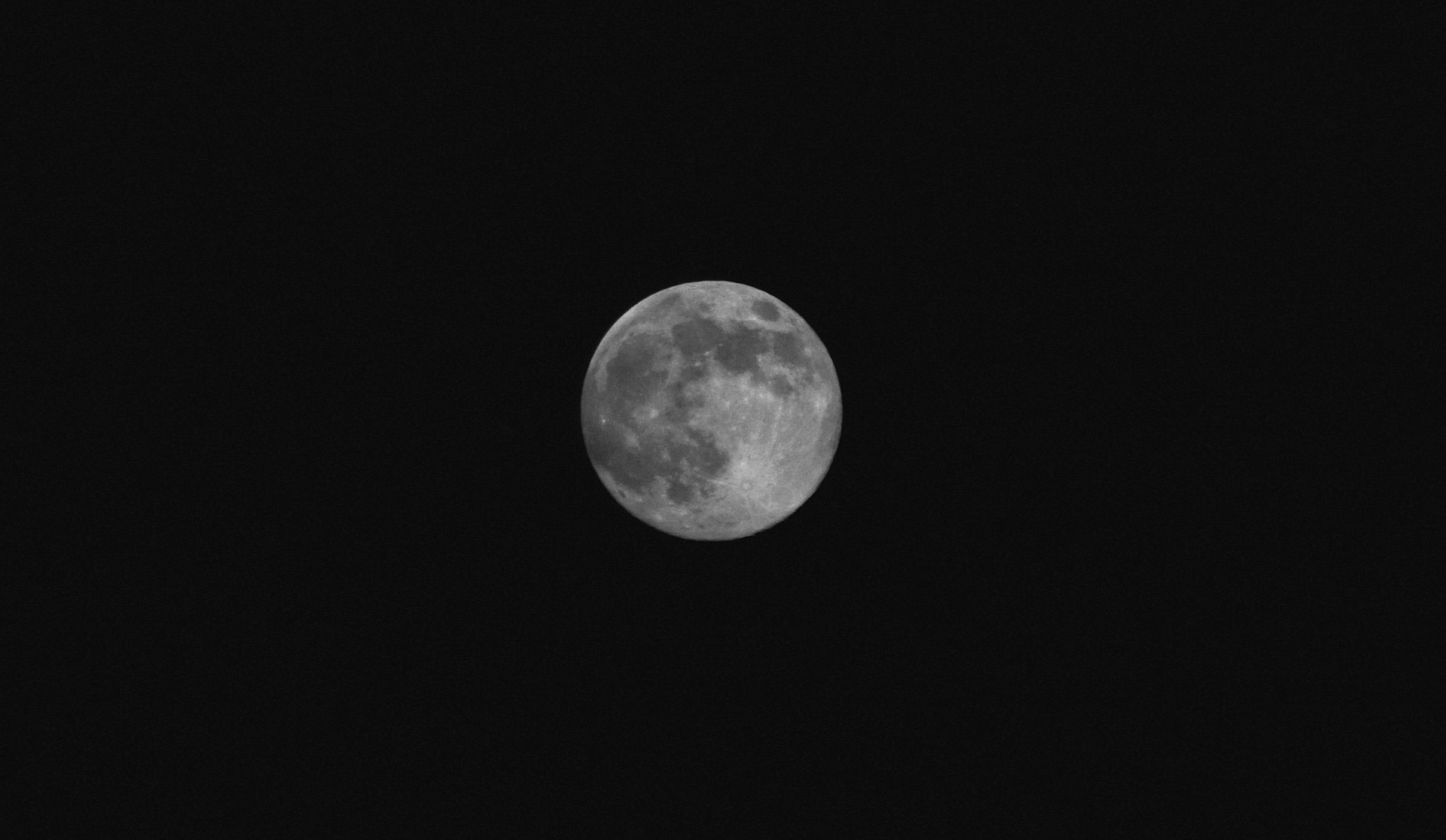ESA science mission: NASA to collaborate

NASA is to collaborate on The European Space Agency ESA’s science mission. ESA announced EnVision as its newest medium-class science mission on 10 June, 2021. ESA says EnVision will make detailed observations of Venus to understand its history and especially understand the connections between the atmosphere and geologic processes.
NASA is a partner with ESA on the EnVision mission. As a key partner in the mission, NASA is to provide the Synthetic Aperture Radar, called VenSAR, to make high resolution measurements of the planet’s surface features.
Scientists say VenSAR will improve their understanding of the planet’s surface features, which has significantly higher resolution than that of NASA’s Magellan mission. Magellan,s had captured images of Venus in the early 1990s. Repeated observations and comparisons with Magellan imagery promise the opportunity for planetary scientists to detect volcanic, tectonic and geomorphic changes over multiple time scales at a resolution that gets to the level of individual landslides.
Adriana Ocampo, EnVision Program Scientist at NASA HQ said, ‘EnVision’s VenSAR will provide a unique perspective with its targeted studies of the Venus surface, enriching the roadmap of Venus exploration’.
In a video published by ESA, there a description of the deployment of EnVision’s instruments VenSAR and SRS, as well as some basic spacecraft operations. VenSAR is a Synthetic Aperture Radar, which will map the surface of Venus using a range of modes including imaging at spatial resolutions of 10 m to 30 m, altimetry, polarimetry and radiometry. The Subsurface Sounding Radar (SRS) will penetrate into the top kilometre of the subsurface, and search for underground layering and buried boundaries. Three spectrometers (VenSpec-U, VenSpec-H and VenSpec-M), operating in the ultraviolet and infrared, will map trace gases, including searching for volcanic gas plumes, above and below the clouds, and map surface composition. A gravity and radio science investigation will use radio tracking to map the planet’s gravity field, constraining internal structure, and will measure atmospheric properties through radio occultation.
The new mission to Venus has come at a time when NASA has just announced its upcoming Deep Atmosphere Venus Investigation of Noble gases, Chemistry, and Imaging (DAVINCI+) and Venus Emissivity, Radio Science, InSAR, Topography, and Spectroscopy (VERITAS) missions. Working together, the trio of new spacecrafts are expected to provide the most comprehensive study of Venus in the history.
Scientists delightedly say that the synergistic capabilities of those three new missions will transform their fundamental understanding of Venus. ESA’s EnVision mission will provide unparalleled high-resolution imaging and polarimetry capabilities. As mentioned by them, high-resolution images of many dynamic processes at Mars had significantly changed the way scientists thought about the Red Planet. Similarly, images at similar scales have now the potential to do the same for Venus.
From the new observations, scientists have also expected to learn about Venus’ evolution.
Among the missions, the DAVINCI+ atmospheric entry probe can provide the only direct measurements of the Venus atmosphere –for the first time since NASA’s Pioneer Venus probe in 1978 and the USSR VEGA Balloons in 1985. Many of the proposed measurements are of highest decadal priority and can only be acquired by traveling directly through the planet’s harsh atmosphere.
Likewise, the global topography data generated by VERITAS is also a unique contribution. It will provide scientists with high-resolution topography and a global location map for Venus that will serve as a reference system for all past and future surface data collected.


